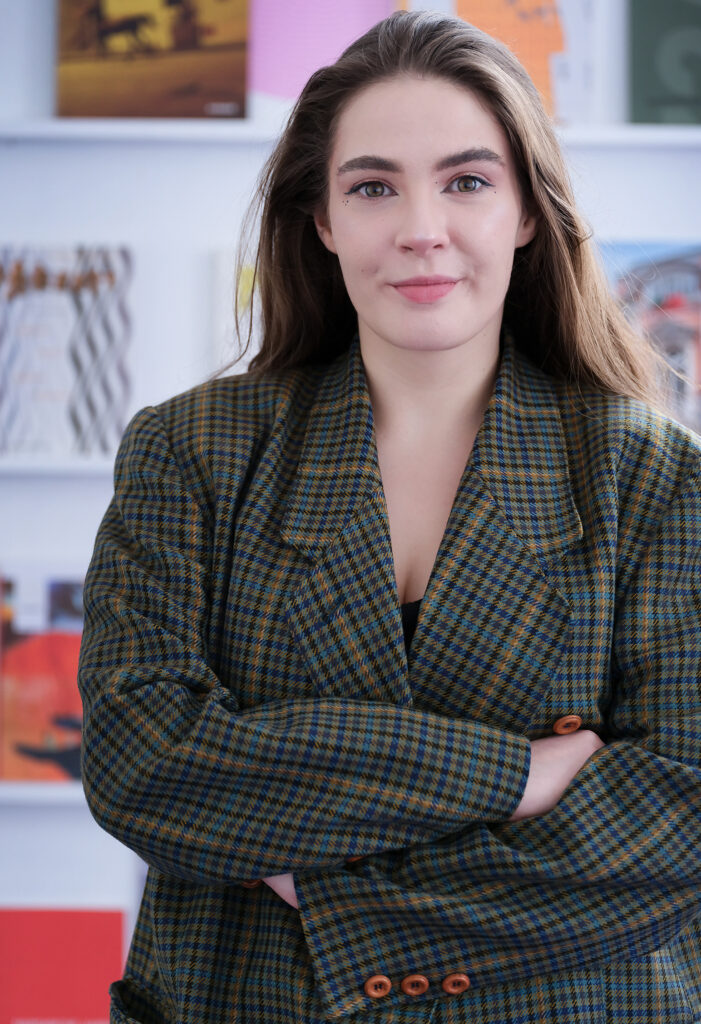
18 February 2025
Diana Bilyk: “It’s more than just a program; it’s a community that supports each of us in growing”
Diana Bilyk, Professional Integration HUB 2.0 Program Participant (Salzburger Kunstverein)
Intro
- Age: 22 years old
- City in Ukraine where you lived before the full-scale invasion (forced relocation):
Khmelnytskyi - Specialization: artist, icon painter, curator
PROFESSIONAL BACKGROUND
In my soul, I am a scientist and environmentalist, but my entire life in Ukraine has been devoted to art. This was never a voluntary choice of profession but a form of communication – albeit a very dialectical and not entirely well-understood one. I have been drawing, sculpting, sewing, and creating with various techniques and materials since childhood and studied art throughout my life: art clubs in kindergarten and school, graduating from an Art School, and completing the educational program “Fine and Decorative Arts” at Khmelnytskyi National University. By chance my professional specialization became Ukrainian traditional Greek Catholic and contemporary iconography. This is something special that has always been with me. An icon is not just an image of a saint or an illustration from the Bible; it is a real dialogue between history, philosophy, theology, traditions, symbols, and time. It is truly my life’s work, which I discovered thanks to the Radruzh Icon Painting School at the Ukrainian Catholic University. This school is also the reason I am currently living in Salzburg since November 2022. I arrived here as part of an exchange program. It was the Artist-in-Residence-Program Land Salzburg and the Ukranian Catholic University Lviv and the OeAD-Cooperation office Lviv, where I worked as an iconographer. I was firmly convinced that I would be back in Ukraine exactly one month after the program ended. However, I received an extension for another month to help organize an exhibition of Ukrainian icons. Later, I was awarded another scholarship, this time from Salzburger Kunstverein and the Federal Ministry for Art, Culture, Civil Service, and Sports, and worked on a joint project with Peter Brauneis. Thus, Künstlerhaus became my second home, and the artistic community of Salzburg my closest circle of people!
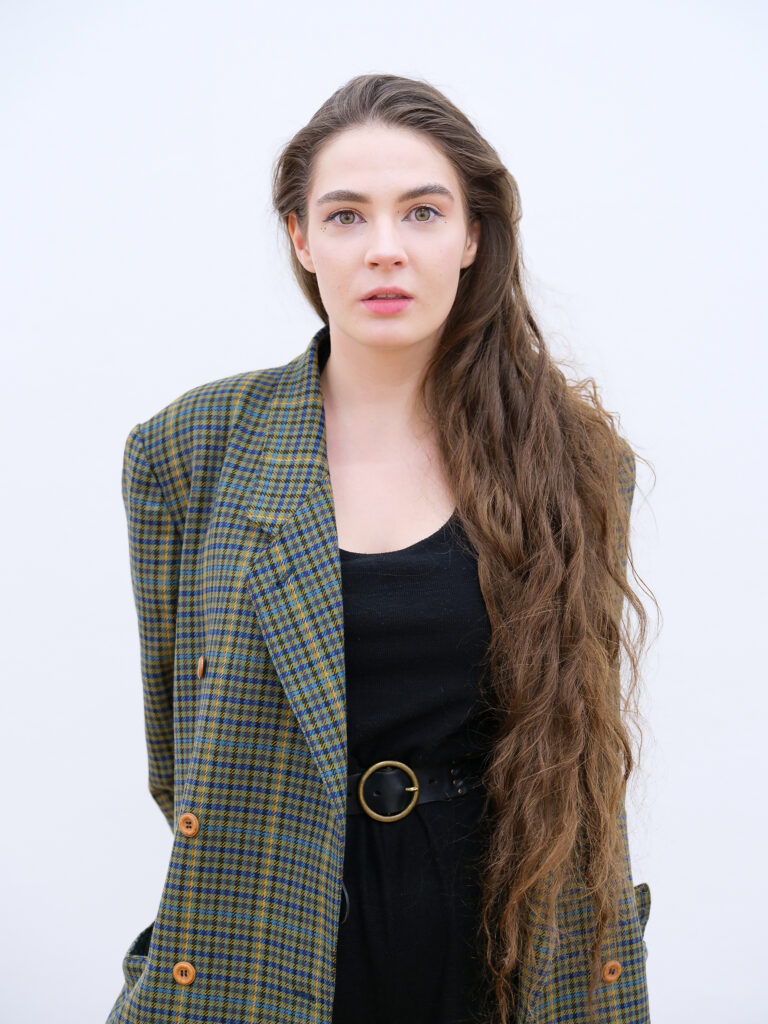
LIFE IN AUSTRIA
Working in Ukraine came with its challenges and rewards. I’d describe the challenges of life in Austria with a metaphor: a super massive black hole of bureaucracy filled with endless papers, documents, and letters. The closer I got to these issues, the more time and effort seemed to disappear. Tasks I could finish in minutes or hours in Ukraine, like dealing with banks or doctors, took months in Austria. I had to relearn long-term planning skills I lost after the war in Ukraine. In Austria, I quickly learned that good time management is key; always plan extra time for every task.
I experienced intense anxiety, often feeling like everything happening was unreal. This sense of unreality made it hard to adjust. For example, I struggled to get used to Saturday siren tests. Once, I heard what sounded like rockets and explosions and panicked, unsure where to run, only to realize it was just fireworks.
Starting a new life in another country while hearing horrifying news from Ukraine was overwhelming. The grief caused by bombs and drones weighed heavily, making it nearly impossible to find inspiration, especially for creative work.
Still, Ukrainians, both in Ukraine and abroad, demonstrate incredible resilience. Despite the anxiety and challenges, we strive to stay organized, live our lives, and keep working.
One more problem was the dialect. German is a new language for me. It was incredibly challenging to learn German in a city where no one speaks standard German. People often refuse to be understood. For example, for a time, I couldn’t understand why many people had frogs and why they were so important to them. It turned out that “frog” in dialect (Frage in German) means “question.” It’s fascinating to realize that a dialect is a unique way of thinking, like an entirely separate language. When I started listening not just with my ears but also with my heart, everything became clearer.
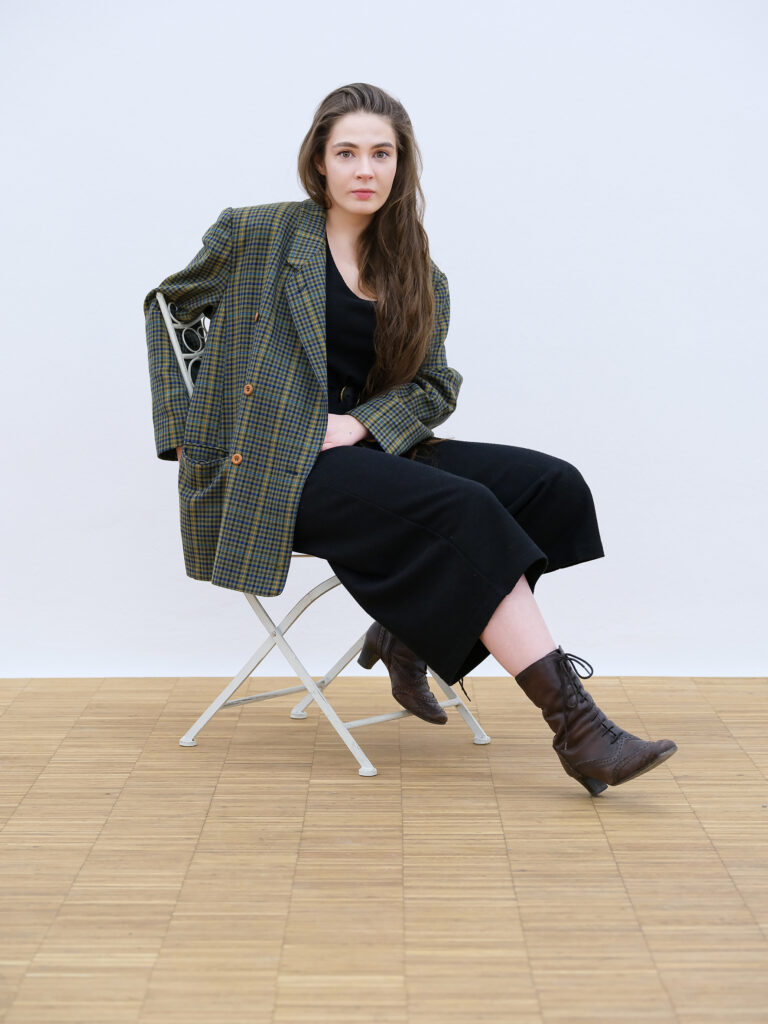
Throughout my time in Austria, I have explored work related to art and considered options for further education. I’ve worked several times as an artist’s assistant and even as a theatre prompter while thinking about studying stage design. I also worked as a gallery attendant, helped organize events and exhibitions, and participated in festivals and performances as an artist.
I frequently volunteered in galleries and created an incredible project called “Bujok,” a floating head of St. Anthony of Padua, in collaboration with Peter Brauneis. Naturally, I also continued painting icons.
One significant obstacle I encountered in my professional development was employment bias. Ukrainians, unfortunately, are often not hired for qualified jobs in Austria. The labor market here is not very open to foreigners, largely due to cultural differences and the non-recognition of professional qualifications. As a result, many Ukrainian women are limited to roles such as cleaners, housekeepers, or waitresses.
Another challenge I faced was the language barrier. Despite actively improving my German, mastering the nuances of professional communication, especially in Salzburg with its strong dialects, has been a long and exhausting process.
Additionally, access to professional networks is limited, with many employment opportunities circulating within established local circles, making it hard to break in.
When it comes to the expectations versus reality of life in the EU, I didn’t have specific expectations, which made the adaptation process easier. However, I was surprised by the level of digitalization in Austria. In Ukraine, many services, such as tax filings, document processing, and state or banking services, are accessible online, offering quick and hassle-free solutions. In Austria, even simple administrative tasks often require a physical presence, printed documents, or written correspondence. The contrast between Ukraine’s digital efficiency and Austria’s more traditional bureaucracy was truly surprising.
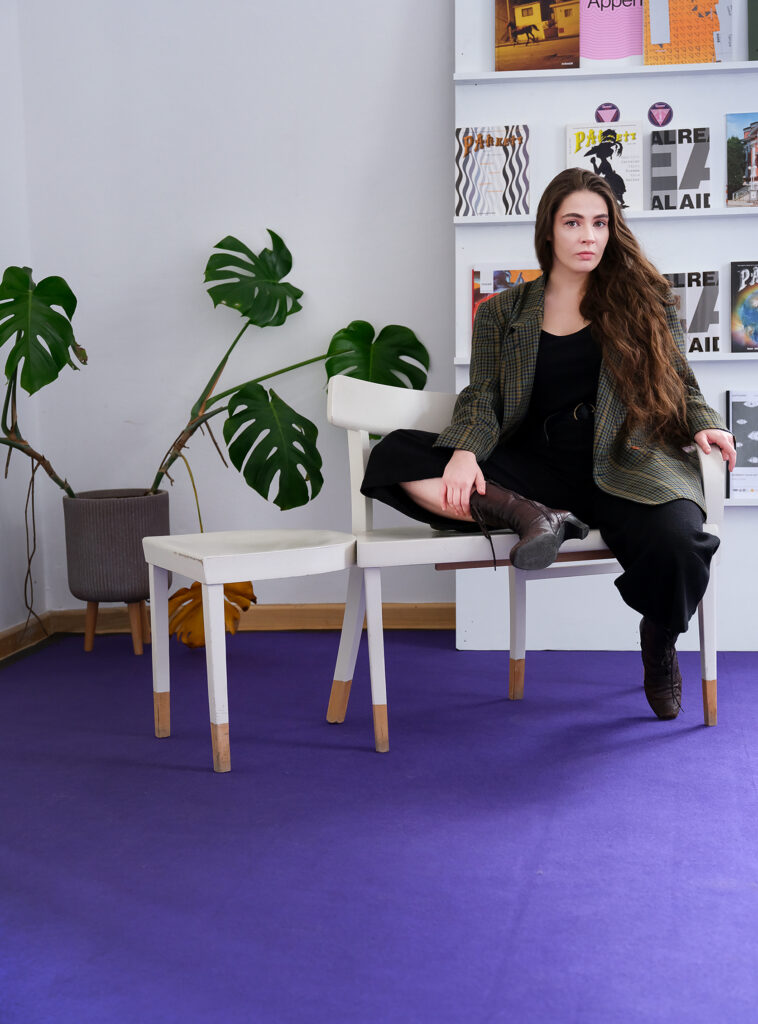
Professional Integration HUB
I learned about the Professional Integration HUB program through the organization’s social media and recommendations from acquaintances who had experience participating in the program. The feedback about HUB immediately inspired trust, and I decided to give it a try.
I expected the program to help me integrate into the Austrian professional environment and create a new network of contacts. These expectations were fulfilled 100%! Moreover, I discovered more opportunities than I could have imagined. The program provided not only knowledge but also confidence in my abilities in a new job market.
HUB is a crossroads of opportunities and growth.
The word “HUB” is associated with a center of movement and energy, a hub that connects different directions. HUB truly became a place where people, ideas, and opportunities come together. It’s a connection that creates new paths for professional and personal development.
I am deeply grateful for the opportunity to be part of this program. HUB has become a catalyst for change: it helps overcome barriers such as language, cultural, or professional challenges, and gives a sense of belonging to something bigger.
HUB breaks down the wall of distrust toward the job market and helps qualified Ukrainian professionals find their place, even in prestigious organizations.
What surprised me most about Austrian corporate culture was the interesting dissonance between formality and simplicity. On one hand, there is a strict, numerous, and rigid bureaucracy with clear written and unwritten rules that often seems purely formal. On the other hand, communication within the corporate environment is surprisingly simple and easy. However, I also encountered a mix of indifference, frequent ignorance, and challenges in finding information, which added to the complexity of navigating the system.
The most important lesson I’ve learned from the internship is the realization that our people are everywhere. We are strong, talented, and capable of achieving great things, even in new circumstances. This program reminded me not to fear taking big steps and that community support is incredibly powerful.
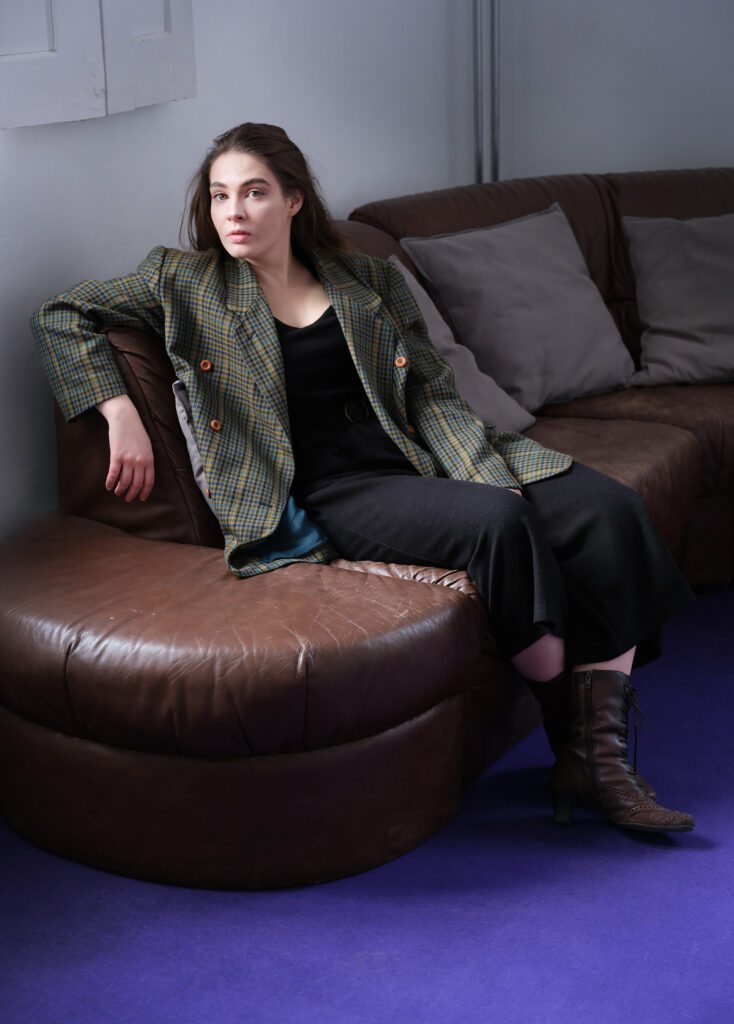
HUB became a platform where I met incredible professionals, especially Ukrainian women who inspire me. We’re already planning new projects together and exchanging ideas for future development. It’s more than just a program; it’s a community that supports each of us in growing.
PLANS AFTER PARTICIPATING IN THE PROGRAM
In my opinion, the experience gained could be highly valuable for Ukraine, especially in areas like developing the Association of Ukrainian Artists and creating more public organizations. Securing funding, supporting active art unions, and fostering innovative forms of collaboration among artists are essential steps that Ukraine needs to take. Changes in the education system are also crucial, with a focus on integrating modern approaches to teaching art, incorporating technology, and supporting the development of new artistic directions. The Austrian experience in stimulating creative industries and fostering collaboration with businesses could be incredibly beneficial for Ukraine’s artistic community.
As for my professional dream, I have a vision of organizing an international forum-exhibition dedicated to the topic of war ecocide in Ukraine. This is not just a professional goal; it’s an important initiative that needs to happen. I want to combine scientific and creative approaches to address this critical issue, creating a platform for discussing environmental and cultural concerns and uniting artists around the idea of preserving our planet.
Regarding my integration into the Austrian professional environment, I feel much more confident in my ideas and plans after the program. The program provided me not only with knowledge but also with motivation to work within the Austrian professional environment. I’ve learned that integration isn’t about completely becoming “one of them.” It’s about finding your place while staying true to yourself, and being open to new experiences, ideas, and cultures. Integration is about balancing adaptation with staying loyal to your own values.
Photos: Valerie Loudon